Growing Investment in Ophthalmic Research
The Retinitis Pigmentosa Treatment Market is experiencing a surge in investment directed towards ophthalmic research. Increased funding from both public and private sectors is facilitating the exploration of new treatment avenues. For example, government grants and initiatives aimed at combating visual impairments are becoming more prevalent, thereby supporting research into RP therapies. This financial backing is crucial for advancing clinical trials and bringing innovative treatments to market. Furthermore, collaborations between academic institutions and pharmaceutical companies are likely to enhance the development pipeline, leading to a more diverse range of treatment options for patients suffering from Retinitis Pigmentosa.
Regulatory Support for Innovative Therapies
Regulatory bodies are increasingly providing support for the development of innovative therapies within the Retinitis Pigmentosa Treatment Market. Initiatives aimed at expediting the approval process for breakthrough treatments are becoming more common. This regulatory environment encourages pharmaceutical companies to invest in research and development, knowing that their innovative solutions may receive faster market access. The potential for accelerated approval pathways for gene therapies and other novel treatments is likely to enhance the attractiveness of the RP treatment market. As a result, this supportive regulatory landscape may lead to a more rapid introduction of effective therapies, ultimately benefiting patients.
Rising Awareness and Advocacy for Eye Health
The growing awareness surrounding eye health and conditions like Retinitis Pigmentosa is a significant driver for the Retinitis Pigmentosa Treatment Market. Advocacy groups and organizations are actively working to educate the public about RP, its symptoms, and available treatment options. This heightened awareness is likely to lead to earlier diagnoses and increased patient engagement in treatment decisions. As more individuals become informed about their options, the demand for effective therapies is expected to rise. Additionally, awareness campaigns can influence policy changes and funding allocations, further supporting research and development efforts in the field of RP treatment.
Increasing Prevalence of Retinitis Pigmentosa
The rising incidence of Retinitis Pigmentosa (RP) is a crucial driver for the Retinitis Pigmentosa Treatment Market. It is estimated that RP affects approximately 1 in 4,000 individuals, leading to a growing patient population in need of effective treatments. As awareness of the condition increases, more individuals are being diagnosed, which in turn fuels demand for innovative therapies. The increasing prevalence is likely to stimulate research and development efforts, as pharmaceutical companies and research institutions seek to address the unmet needs of patients. This trend suggests a robust market potential, as stakeholders aim to develop and commercialize new treatment options that can improve the quality of life for those affected by RP.
Technological Advancements in Treatment Modalities
Technological innovations are significantly shaping the Retinitis Pigmentosa Treatment Market. Recent advancements in gene therapy, retinal implants, and other therapeutic modalities are paving the way for novel treatment options. For instance, gene therapy approaches have shown promise in clinical trials, potentially offering long-term solutions for patients. The market is witnessing an influx of new technologies that aim to restore vision or slow disease progression. This influx of innovation not only enhances treatment efficacy but also attracts investment from various stakeholders, including venture capitalists and pharmaceutical companies. As these technologies continue to evolve, they are expected to play a pivotal role in expanding the treatment landscape for Retinitis Pigmentosa.


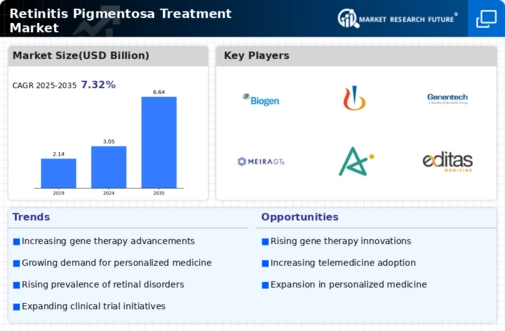
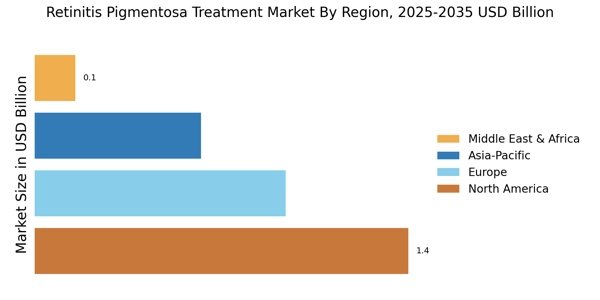
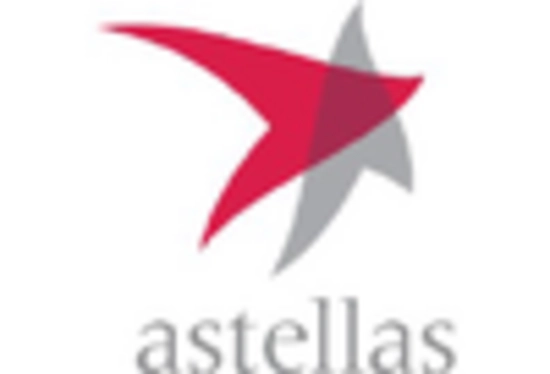

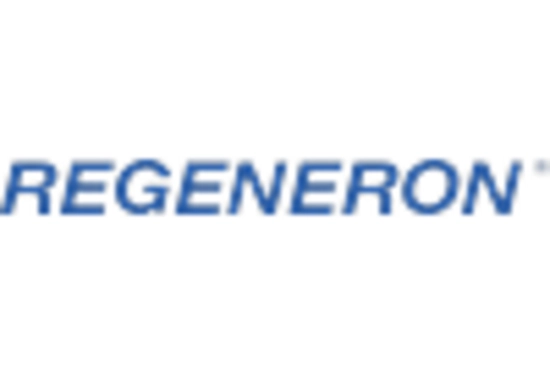

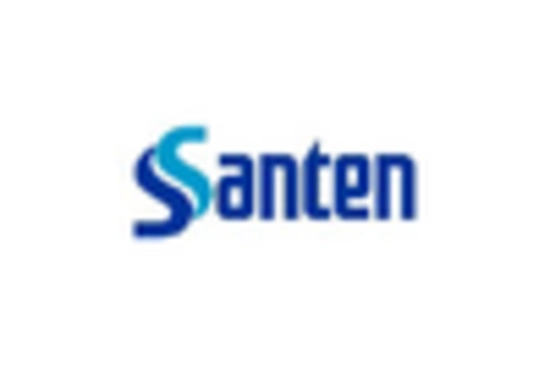
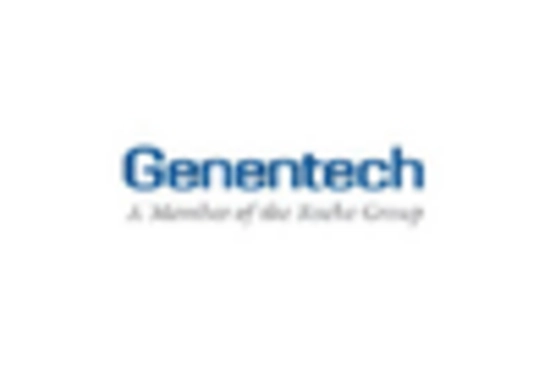








Leave a Comment